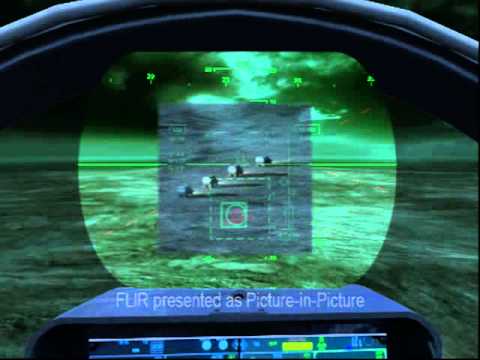
This article was last updated on April 16, 2022
Canada: ![]() Oye! Times readers Get FREE $30 to spend on Amazon, Walmart…
Oye! Times readers Get FREE $30 to spend on Amazon, Walmart…
USA: ![]() Oye! Times readers Get FREE $30 to spend on Amazon, Walmart…
Oye! Times readers Get FREE $30 to spend on Amazon, Walmart…
With Donald Trump’s concerns over NATO member states not paying their share of their own defense, let’s look at what exactly U.S. taxpayers are getting for their “Department of Defense Tax Dollar” given that the United States spends more on its military than many of its allies and enemies combined as shown here:
Let’s start by looking at coffee cups. According to a recent feature on the Air Mobility Command website, we find this news item:
Here is a higher definition picture of the military hardware in question:
The news item opens with this line:
“Spending $1200 on a cup, even one that can heat liquids during flight, may sound a little expensive.”
It would seem so, wouldn’t it?
Apparently, the Air Force is seeking to develop a replacement for a plastic handle on the cup in the picture since it is extremely prone to breakage when dropped. In 2016, the 60th Aerial Port Squadron at Travis Air Force Base in California purchased 10 of the pictured hot cups for $9630. The price for each cup jumped from $693 in 2016 to $1220 in 2018 (see, we told you that there was inflation) requiring the Air Force to spend $32,000 for 25 new cups. Over the past three years, the 60th APS has spent nearly $56,000 to replace broken cups. Part of the problem is that replacement handles for the cups are not available meaning that an entirely new cup has to be purchased when the handle breaks. Apparently, the Air Force is looking to Phoenix Spark, an innovation program located at Travis, to replace the cup using a 3D printing option. Here’s a quote from the news item which quotes Nicholas Wright, a volunteer 3D designer and printer with the Phoenix Spark office:
“The process took us about a week to develop a solution for the hot cup handle from learning the software to figuring how to physically print it,” said Wright. “We talked to air crew members about how they’d like it designed. They recommended a more ergonomic design. The reason for this is because the original handle is placed upside down so aircrews wanted a mix between comfort and strength. We achieved that in about seven days.”
The solution Wright and his team came up with features a curved handle.
“The handle currently on the hot cup has a square bottom which creates a weak point on the handle so any time it is dropped, the handle splits shortly after impact,” he said. “Our new rounded handle reduces that weak point. The handle we designed is stronger and capable of being printed at most Air Force bases.”
One of the reasons the curved handle is stronger, Wright said, is because of the layered printing that’s possible with 3D printing.
“Think of a tree that has multiple layers so it’s extremely strong in multiple directions,” he said. “The new handle has stacked layers with a solid piece around it so it’s similar to the layers of a tree.”
With the new design, the handle is also much cheaper to replace. Over the past three years, the 60th APS has spent nearly $56,000 to replace broken hot cups.
With the new design, the unit could save thousands, said Wright.
“Imagine you have to replace 40 hot cups each year at ever-increasing prices,” he said. “It’s much cheaper for us to replace the handle on 40 cups at about 50 cents per handle rather than purchasing 40 cups for more than $1,200 per cup.”
I think that’s enough about coffee cups.
Now, let’s look at flight helmets. The leading edge F-35 will require pilots to use a newly designed flight helmet that is integrated with the aircraft’s internal systems. The helmet, the F-35 Gen III Helmet Mounted Display System or HMDS, is built by Rockwell Collins (a pending acquisition target by United Technologies, one of America’s largest defense companies) and provides the pilot with “revolutionary situational awareness“. The helmet is equipped to use six cameras that are embedded in the skin of the plane, affording the pilot a 360-degree view of the airspace surrounding the plane, similar to Nissan’s Around View Monitor system. The helmet visor also provides pilots with a heads up display and visor projected night vision.
Here are two screen captures of the brochure which covers the benefits and abilities of the world’s most advanced biocular helmet-mounted display system and gives you a sense of what you are paying for:
Here is a video showing the helmet display system:
Now, what’s the cost of this leading edge technology to U.S. taxpayers? According to the Air Force Times, the newly designed flight helmet for the F-35 Lightning 2 costs an estimated $400,000 each (some estimates suggest that the cost is closer to $600,000), four times what its predecessor cost. Each helmet must be custom-fitted to the head of each pilot to ensure a snug and comfortable fit. According to the Air Force Times, the Pentagon is expected to purchase roughly 2400 F-35s meaning that a total of $960 million will be spent on the F-35 Gen III helmets, not including pilots that retire and are replaced with new pilots that will require new custom-fitted helmets.
Just in case you were curious, here is the latest summary compensation table for Rockwell Collins Named Executive Officers:
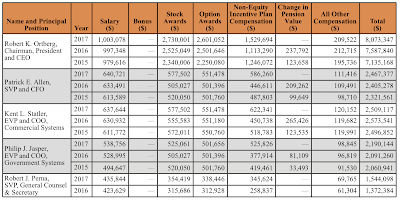
Well, at least someone is benefitting from high-cost helmets (and other products that Rockwell Collins built for the United States Department of Defense).
And that, folks, may just give us a sense of why Washington spends so much on “defense” when compared to its peers. Spending more does not always mean that one is spending better, pretty much a rule of thumb when it comes to government spending.
Click HERE to view more.
You can publish this article on your website as long as you provide a link back to this page.

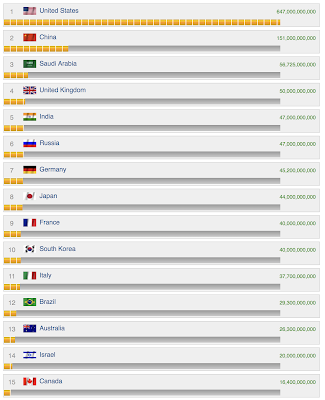
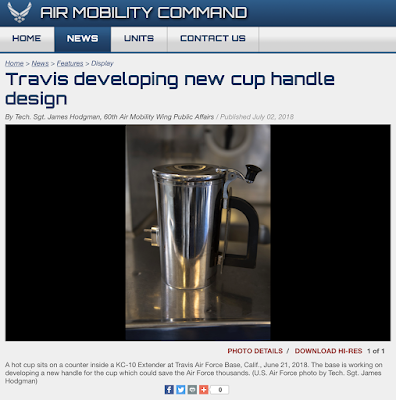
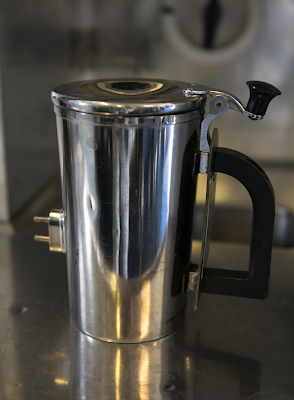
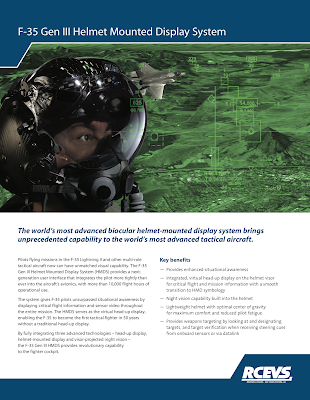
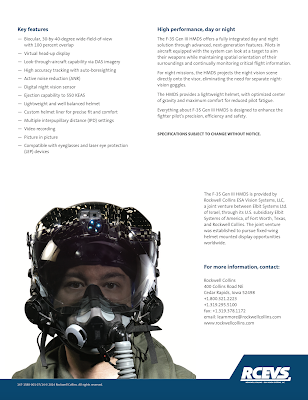
Be the first to comment